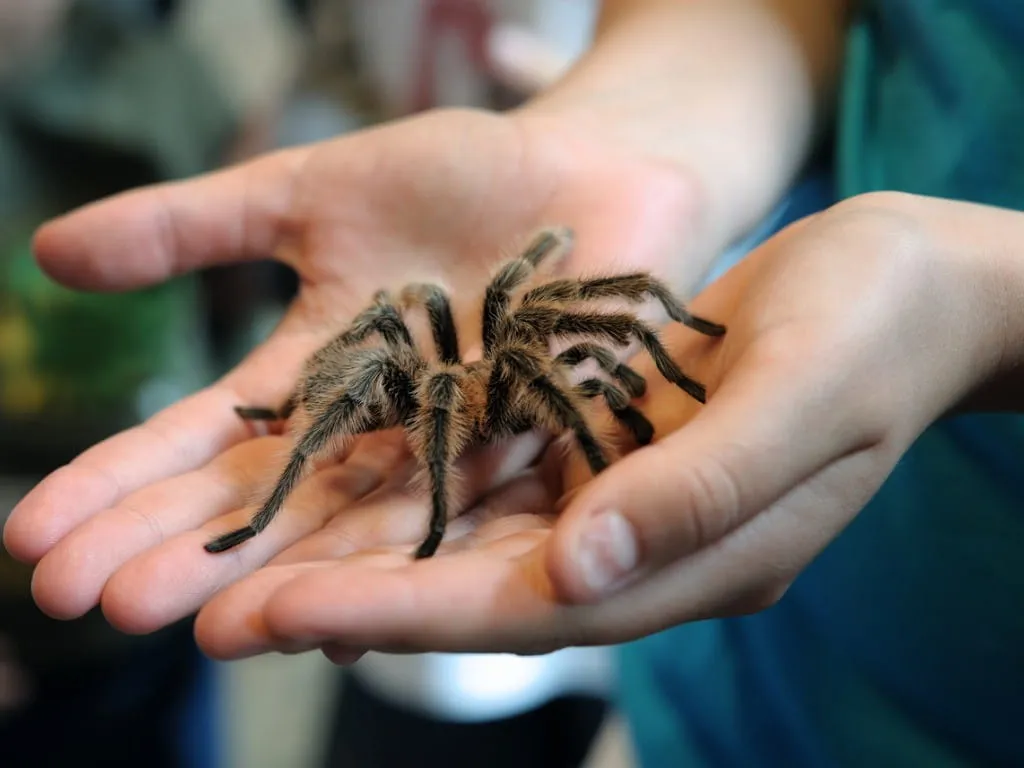Tarantulas, with their impressive size and often intimidating appearance, are fascinating creatures. Many people are drawn to them as pets, while others encounter them in the wild. One of the most common questions people have is, “Will a tarantula bite?” The answer is yes, tarantulas can and do bite, but it’s crucial to understand the circumstances, the effects, and how to handle them responsibly. This article will delve into the top 5 facts you need to know about tarantula bites, providing a comprehensive guide to understanding these arachnids and ensuring your safety.
Tarantula Bites Top 5 Facts You Need to Know
Fact 1 Do Tarantulas Bite?
Yes, tarantulas do bite. However, they are generally not aggressive creatures. They prefer to flee or use other defense mechanisms, such as flicking urticating hairs from their abdomen, which can cause skin irritation. A bite is usually a last resort, employed when a tarantula feels threatened or is provoked. Understanding the reasons behind a bite is crucial for avoiding these situations and ensuring safe interactions with tarantulas.
Why Tarantulas Bite
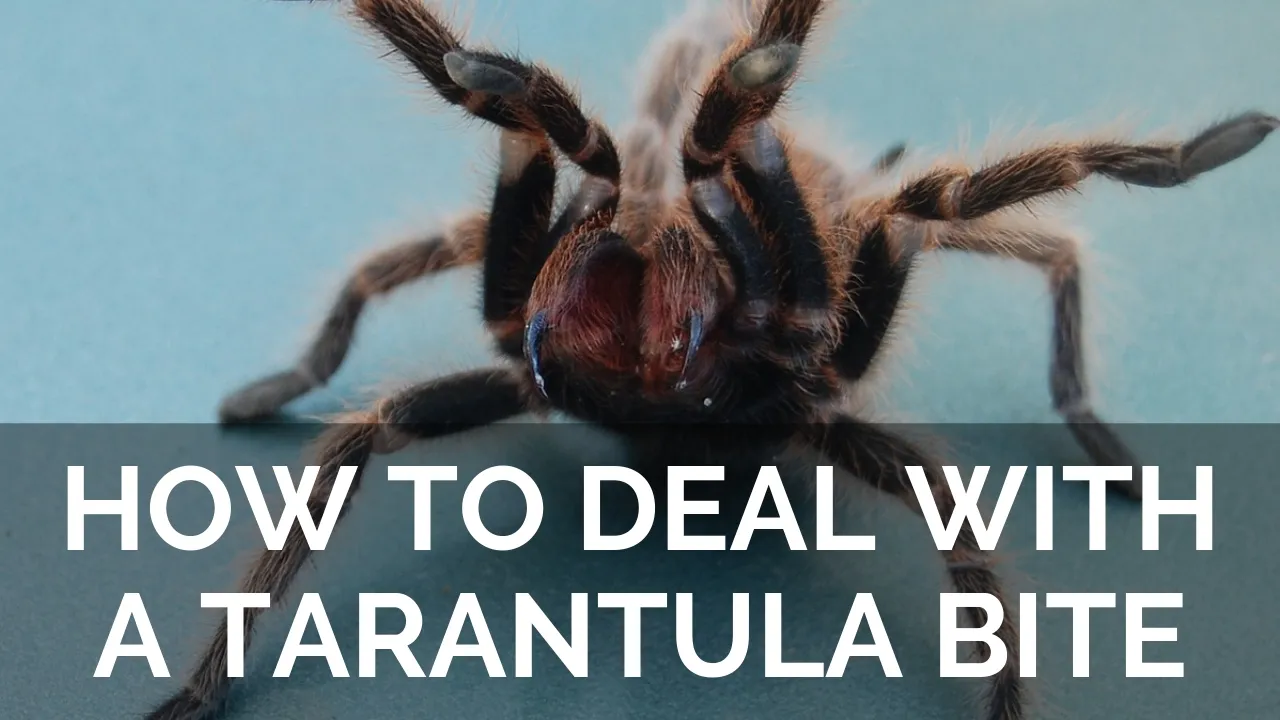
Tarantulas bite primarily for two reasons self-defense and to capture prey. In the wild, tarantulas are preyed upon by larger animals, and they will bite in self-defense when they feel threatened. As for captive tarantulas, they may bite if they feel startled, mishandled, or if they perceive a threat. Tarantulas are also ambush predators, so when they encounter a potential food source, they will readily bite to subdue and consume their meal. Therefore, understanding their natural behaviors is key to preventing bites.
How a Tarantula Bites
Tarantulas use their fangs, or chelicerae, to bite. These fangs are located near their mouths and are typically large and pointed. When a tarantula bites, it uses its fangs to inject venom into the victim. The bite itself may be accompanied by a stinging sensation, which depends on the size of the tarantula, the amount of venom injected, and the sensitivity of the individual. The bite mark usually appears as two small puncture wounds.
Fact 2 What Does a Tarantula Bite Feel Like?
Pain Level of Tarantula Bite
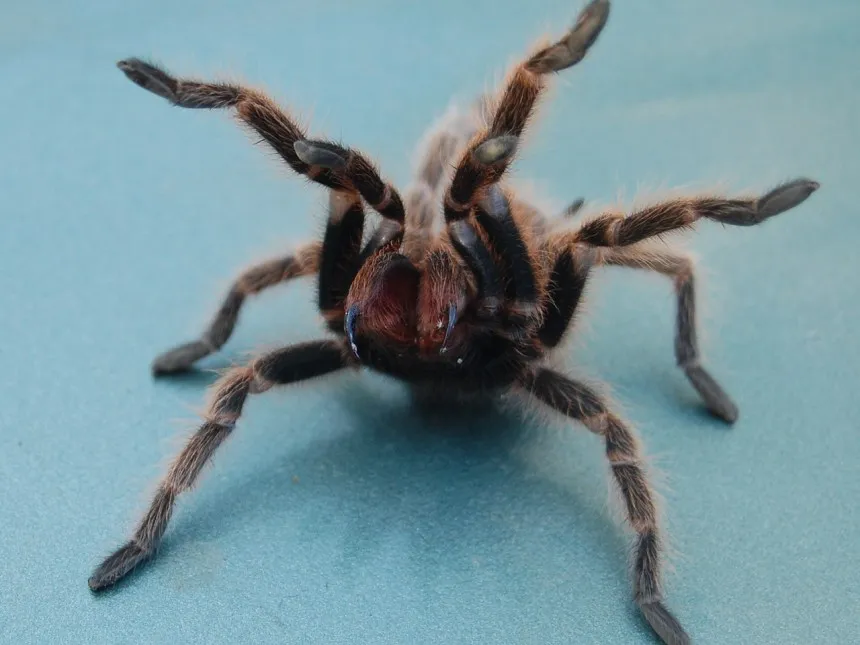
The pain from a tarantula bite can vary. It often feels like a bee sting, with some immediate sharp pain and a subsequent burning sensation. The intensity of the pain depends on several factors, including the size of the tarantula, the location of the bite, and individual pain tolerance. Some bites might cause only mild discomfort, while others can be more painful. While the pain is usually not life-threatening, it can be significant.
Symptoms After a Tarantula Bite
In addition to pain, a tarantula bite can cause other symptoms. These may include redness, swelling, itching, and localized muscle cramps around the bite area. In some cases, there might be a mild allergic reaction with symptoms such as hives or difficulty breathing. It is important to monitor the bite site and your overall condition for any unusual symptoms. If you experience severe symptoms, such as difficulty breathing, dizziness, or a rapid heart rate, you should seek immediate medical attention.
Fact 3 Are Tarantula Bites Venomous?
Yes, tarantulas are venomous, but their venom is typically not considered highly dangerous to humans. Their venom is primarily designed to subdue prey, not to kill or severely harm large animals like humans. The effects of a tarantula bite are usually localized, causing pain, swelling, and other minor symptoms at the bite site.
Tarantula Venom Effects
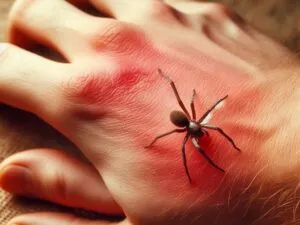
The effects of tarantula venom can vary depending on the species and the amount of venom injected. Common effects include immediate pain, redness, and swelling at the bite site. Some individuals may experience muscle cramps, nausea, or a headache. In rare cases, more severe allergic reactions may occur, requiring medical attention. Most bites, however, result in symptoms that subside within a few days.
Difference Between Venom and Poison
It is important to differentiate between venom and poison. Venom is injected through a bite or sting, while poison is ingested, inhaled, or absorbed through the skin. Tarantulas are venomous because they inject venom through their fangs. In contrast, some creatures like poison dart frogs are poisonous because they secrete toxins through their skin. Understanding this distinction is important for understanding the risks associated with different animals.
Fact 4 First Aid for Tarantula Bites
If you are bitten by a tarantula, it is essential to take appropriate first aid measures. Staying calm is important, as panic can exacerbate any symptoms. Following these steps will help to minimize discomfort and potential complications. Proper and immediate first aid can make a significant difference in recovery.
Immediate Steps to Take
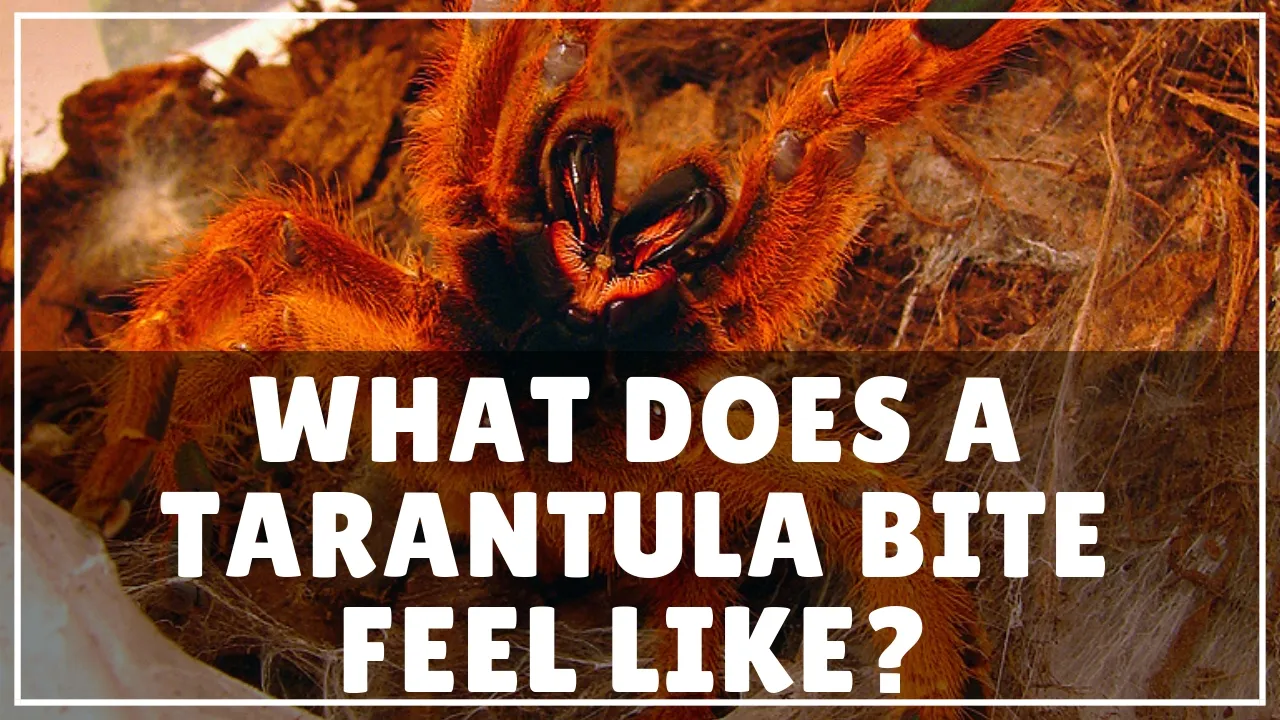
Firstly, clean the bite area gently with mild soap and water. Apply a cold compress to the bite site to reduce pain and swelling. If possible, elevate the affected limb to help minimize swelling. Over-the-counter pain relievers, such as ibuprofen or acetaminophen, can help manage pain. Monitor the bite site for signs of infection, such as increased redness, swelling, or pus. Make sure you have a clear understanding of the bite, including the tarantula’s species, if possible. This information can be useful for medical professionals.
When to Seek Medical Attention
While most tarantula bites are not life-threatening, there are situations when you should seek medical attention. If you experience difficulty breathing, severe swelling, dizziness, or a rapid heart rate, go to the nearest emergency room immediately. If the pain is severe or persistent, or if you suspect an infection, consult a doctor. It’s always best to err on the side of caution, especially if you are unsure about the severity of the bite or your body’s reaction to it. Having a professional assessment can offer reassurance and medical treatment if required.
Fact 5 Preventing Tarantula Bites
The best way to deal with a tarantula bite is to prevent it. This involves understanding tarantula behavior, handling them safely, and creating a safe environment for both the tarantula and yourself. Taking precautions can significantly reduce the risk of being bitten and allows for safe and enjoyable interactions with these creatures. The following tips will help you prevent tarantula bites and maintain safety.
Safe Handling of Tarantulas
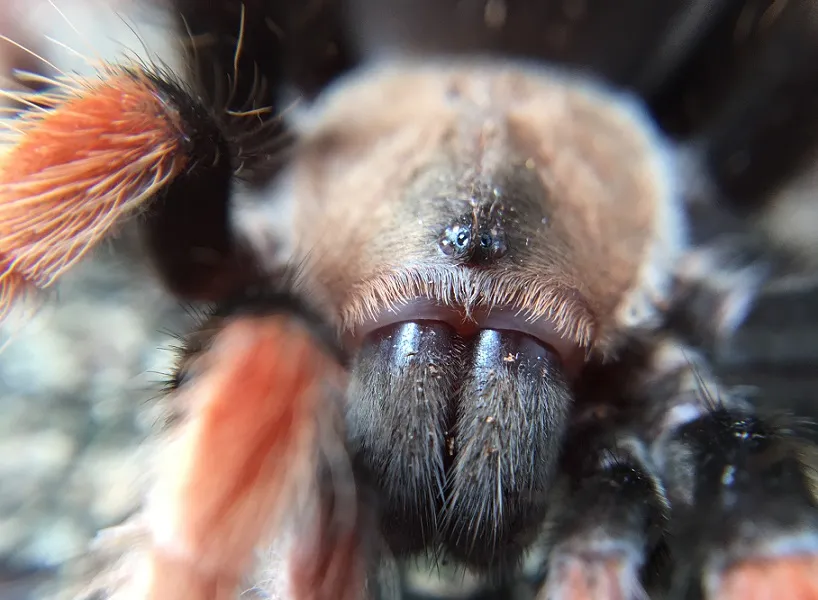
If you are handling a tarantula, do so with extreme care and respect. Avoid sudden movements or actions that could startle the spider. When handling, make sure you are doing it over a soft surface, like a bed or a low table, in case the spider falls. Always wash your hands before and after handling a tarantula to prevent the transfer of bacteria and chemicals. Understand their defensive behaviors to make sure you’re interacting with them safely.
Creating a Safe Environment
If you own a tarantula, ensure its enclosure is secure and escape-proof. Keep the enclosure away from areas where children or other pets can easily access it. Provide the tarantula with a suitable habitat that meets its needs, including appropriate temperature, humidity, and hiding places. Handle the enclosure with care, avoiding sudden movements that might scare the spider. By creating a safe environment, you minimize the risks of bites and create a comfortable living space for your tarantula.
In conclusion, while tarantulas can bite, their bites are usually not life-threatening to humans. Understanding the facts about tarantula bites, including why they bite, what the bites feel like, and the appropriate first aid and prevention measures, is crucial for anyone who encounters these fascinating creatures. By following these guidelines, you can safely interact with tarantulas, appreciate their unique qualities, and minimize the risk of a bite.
